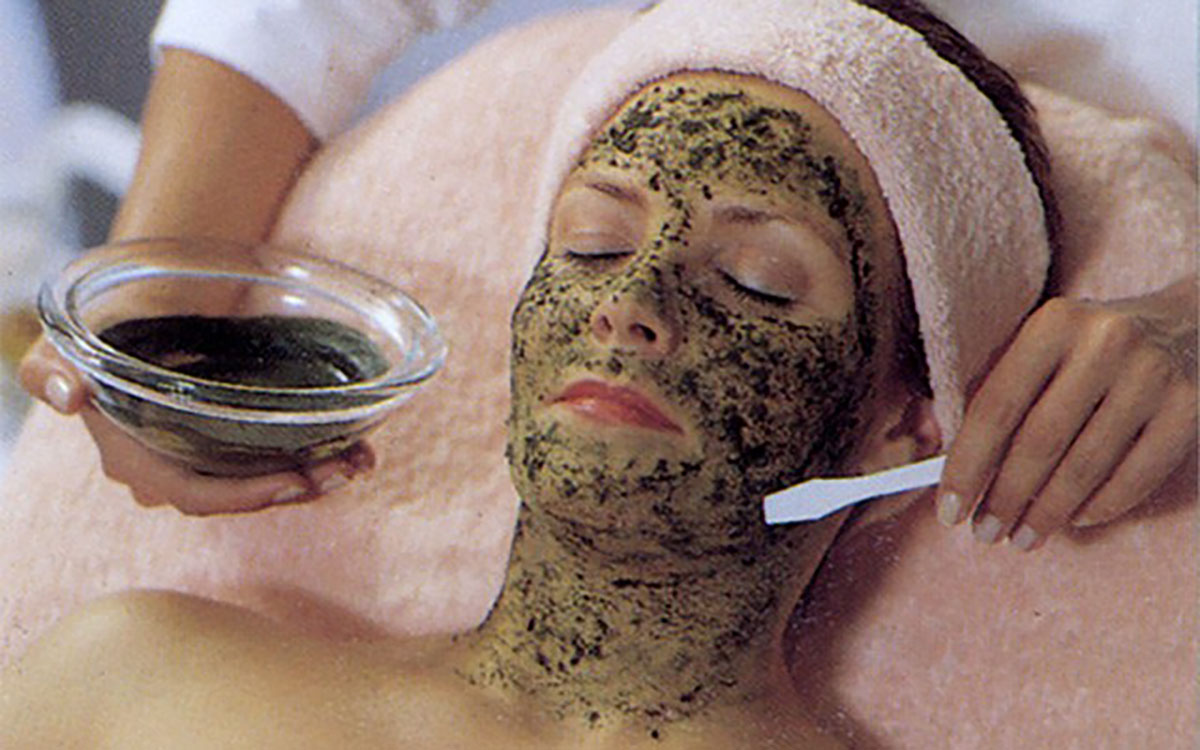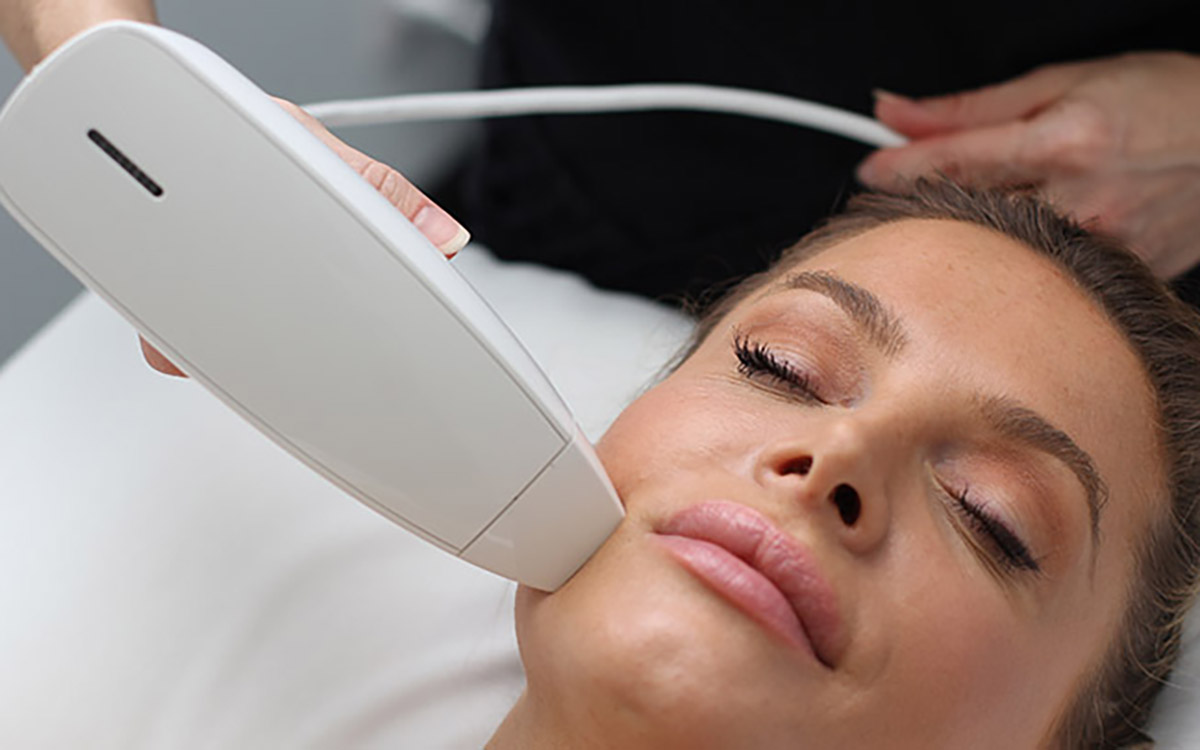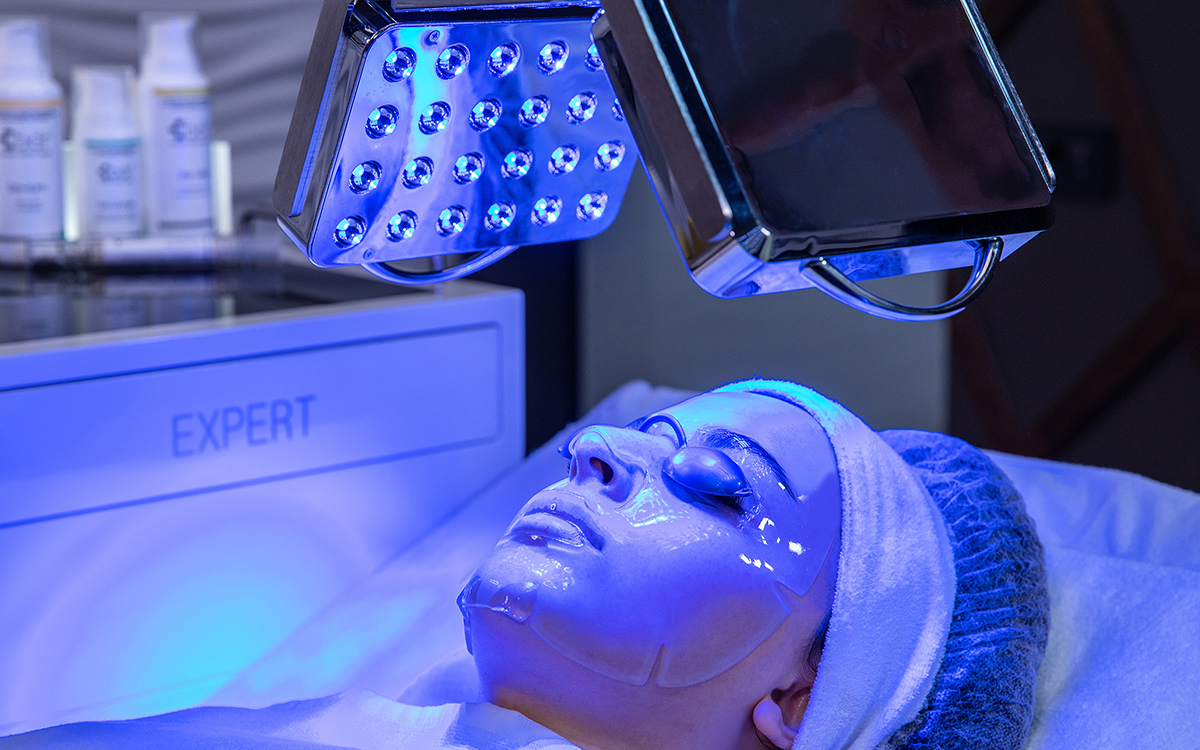Scarring
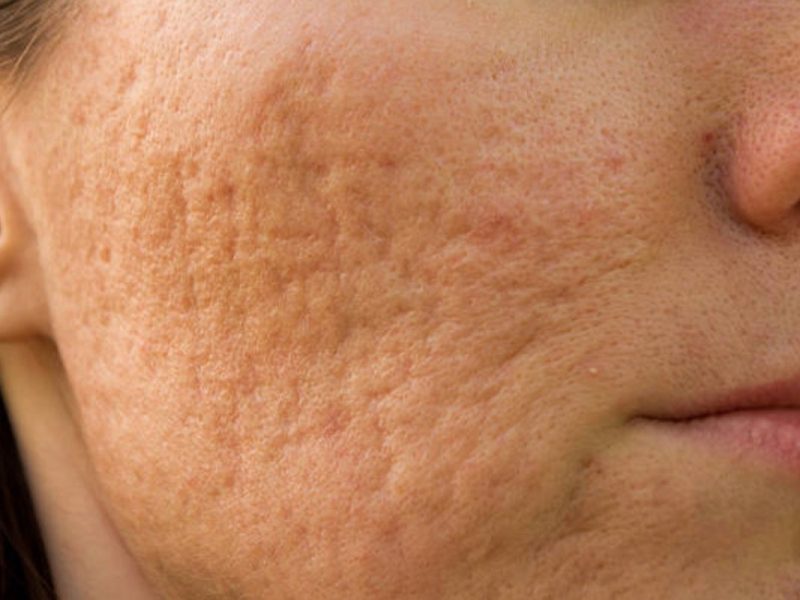

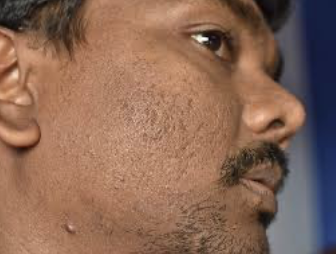
What is it?
Scarring happens when the skin heals after an injury. When you get a cut, burn, spot, or have surgery, the body makes collagen to repair the damaged area. This new skin is called a scar, and it often looks or feels different from the rest of your skin.
There are many different types of scarring:
- Normal (fine line) scars: Flat and pale, common after minor injuries or surgery.
- Hypertrophic scars: Thick, raised scars that stay within the boundaries of the
original wound. - Keloid scars: Overgrown, raised scars that extend beyond the original wound area.
- Atrophic scars: Depressed or sunken scars (e.g. acne or chickenpox scars).
- Contracture scars: Tightened skin that can occur after burns, restricting movement.
Prevention
Scarring can’t always be completely avoided, here’s how to minimize its appearance:
– Keep the wound clean to prevent infection.
– Keep it moist (with petroleum jelly or silicone gel) and covered to promote optimal healing.
– Don’t pick scabs or touch healing wounds, this can worsen or reopen the wound.
– UV exposure can darken scars. Use sunscreen (SPF 30+) or cover the area.
– Gentle massage after healing can break down dense collagen and improve flexibility.
– For severe scars, options include peels, ablative therapy (nano fractional skin ablation), laser therapy (avoid on skin of colour), corticosteroid injections, microneedling, or surgery.



